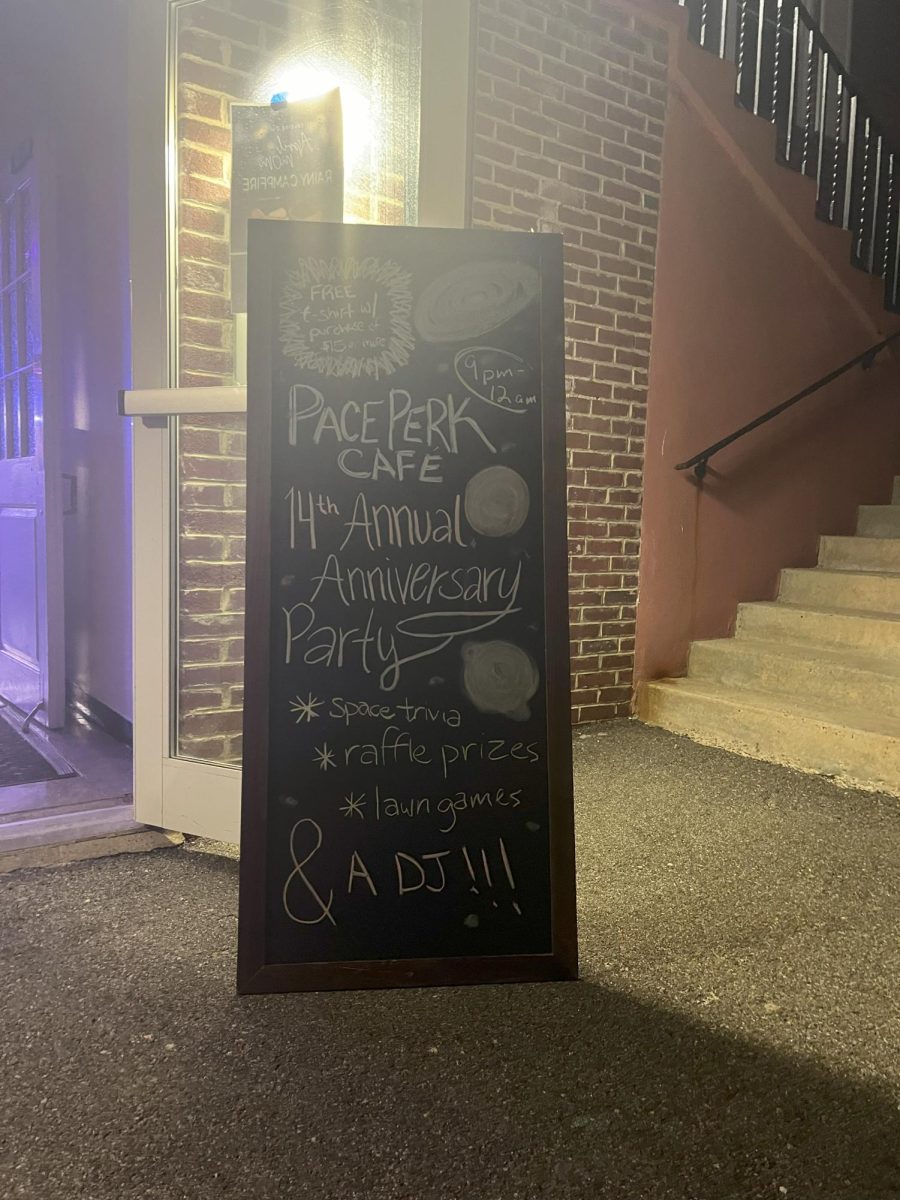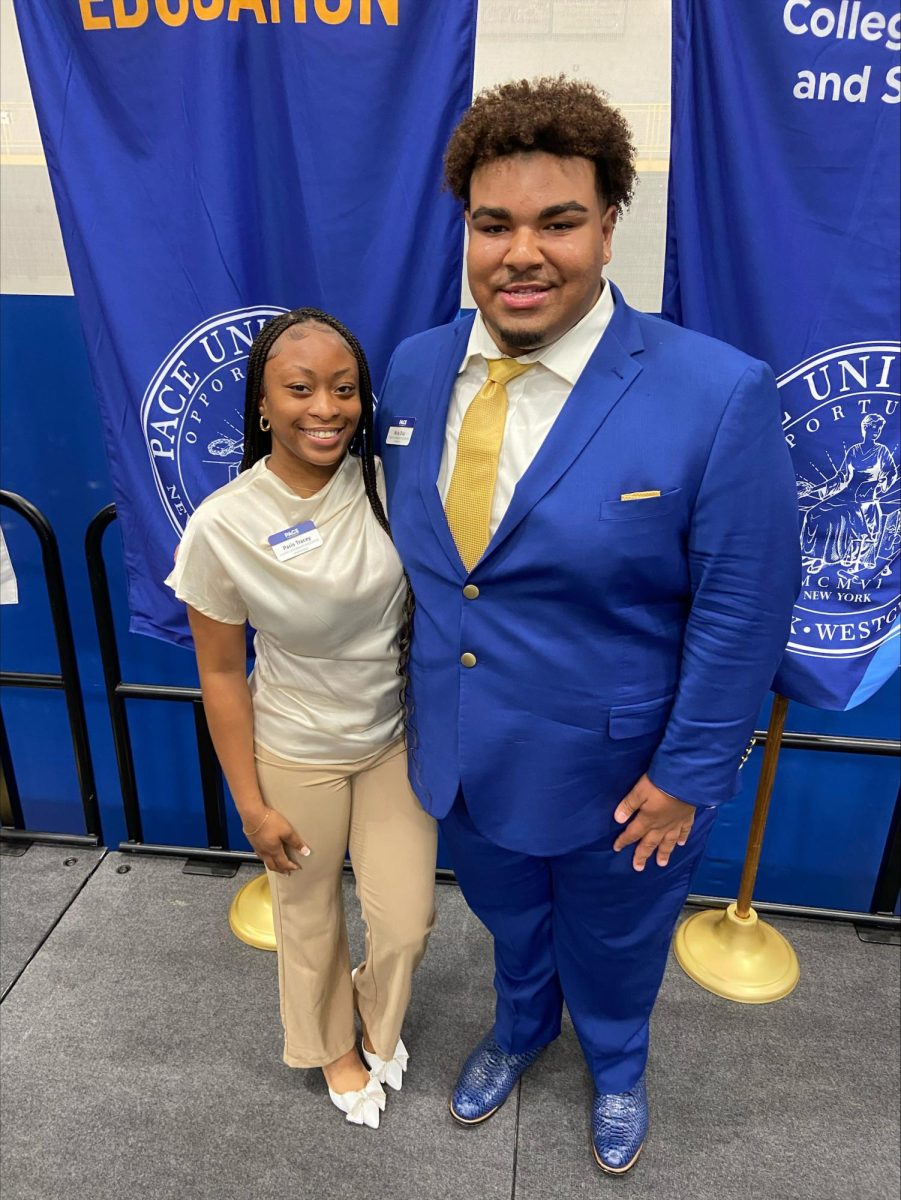Can you imagine living your entire life in fear of ending up in a hospital bed, suffering extreme pains, jaundice, or stroke?
In a New York Times article released in March of 2011, 8-year-old Shanoah Moore of Cincinnati said, “I don’t like getting sick. I still want to be in school, so I can be there and not be absent a lot.” Moore is no stranger to extreme pains or fevers. Pain crises, after all, are a common symptom of sickle cell disease.
Sickle cell disease is an inherited blood disorder in which red blood cells take on a “sickle” shape (or a crescent-like shape), making it difficult for them to travel through narrow blood vessels. When red blood cells cannot travel through vessels, organs and other parts of the body experience less blood flow, causing tissue and organ damage, and symptoms of serious pain. An estimated 100 thousand people are currently living with sickle cell disease in the United States. The disease rarely occurs in people of Caucasian descent. Unfortunately, most patients die before the age of 50.
As grim as this all may sound, medicinal developments in the past two years seem to suggest a positive future for sickle cell patients, particularly in the form of bone marrow transplants.
In 2009, the Los Angeles Times reported, “Researchers have for the first time performed a successful bone marrow transplant to cure sickle cell disease in adults – a fact that could expand the procedure to more of the 70 thousand Americans with the disease – and possibly some other diseases, as well.”
Before 2009, it was not uncommon for child patients to be treated and cured through bone marrow transplants. However, it used to be that the procedure was considered too harsh for adults. Not anymore.
Johns Hopkins University had developed a much-less-toxic transplant procedure and used it to cure nine of the first 10 patients studied, according to the LA Times article. Though this information may encourage extreme optimism, there remains the significant problem of finding a compatible donor for sickle cell patients.
In 2011, success with bone marrow transplant treatment has only increased. In the two years since Johns Hopkins first succeeded with the practice of marrow transplants, 11 patients out of 17 have been cured of sickle cell. All 11 of these patients were rid of pain crises. However, 10 of them still suffer from anemia, a deficiency of hemoglobin that can cause loss of color, weakness, and difficulty breathing.
Clearly, the treatment is not 100 percent successful. Still, the treatment has made a significant difference considering the issue of donor shortages. Because of these donor shortages, investigators have tested transplantation of bone marrow with half-identical, or “haploidentical” tissue types to those of the patients. So far, these tests have also experienced considerable achievement. Because of the ability to use haploidentical tissue, donors can include parents, children, and most siblings.
In addition, there seems to be little need for concern in terms of this innovative method of treatment. In the 17 patients treated in the past two years, there have been no fatalities, though some patients have admittedly contracted some infections.



